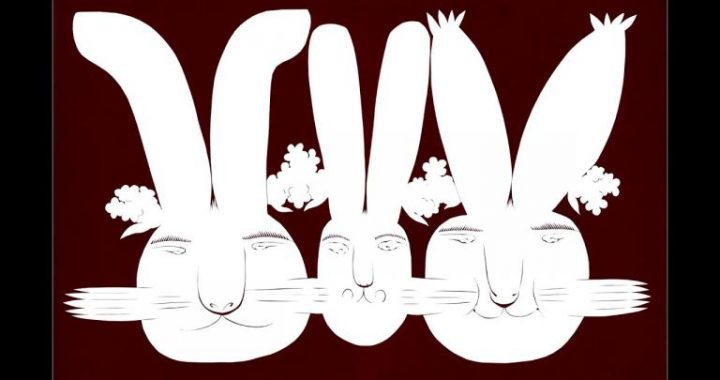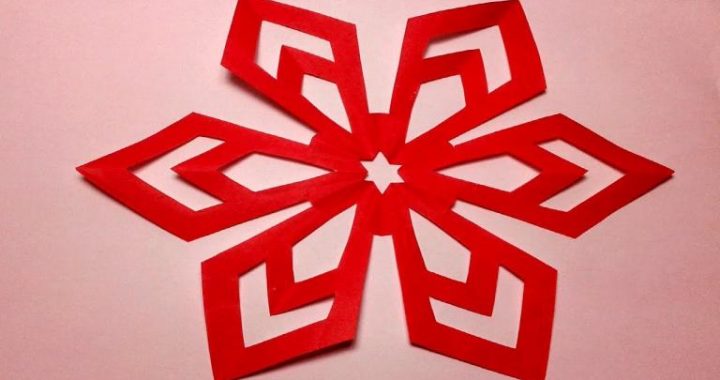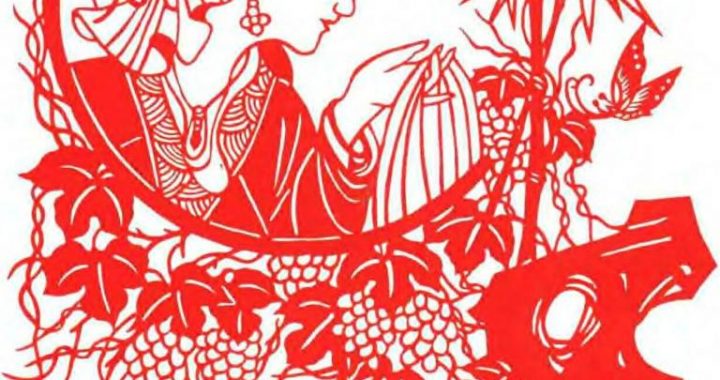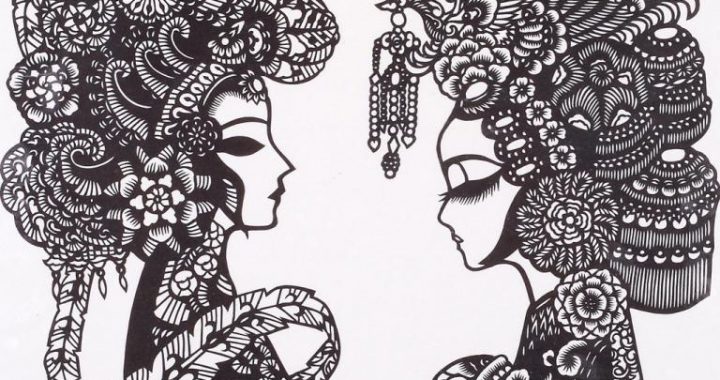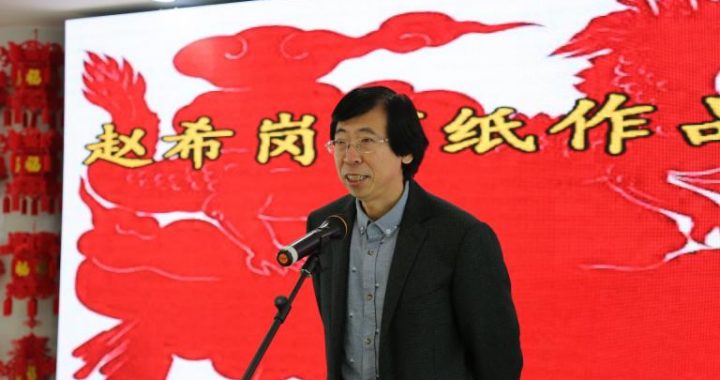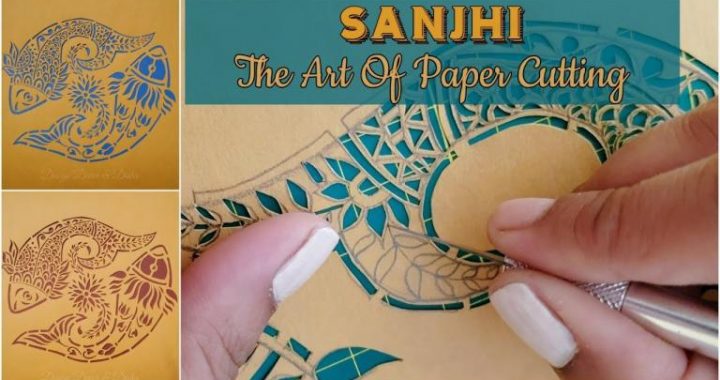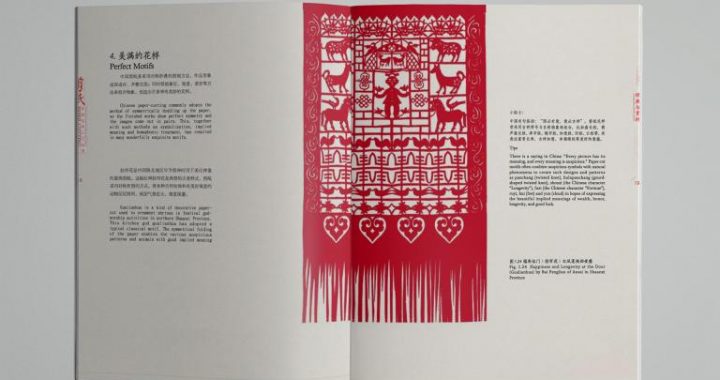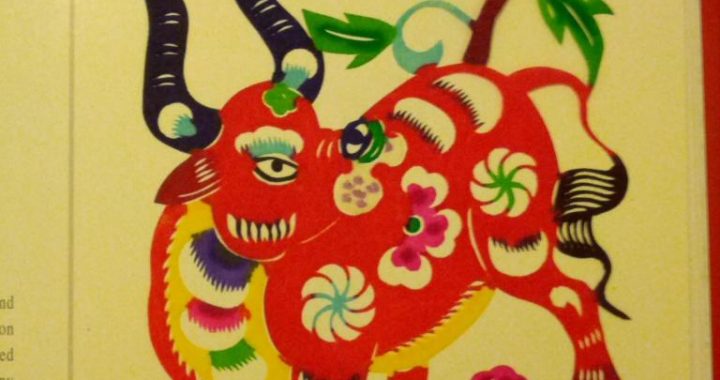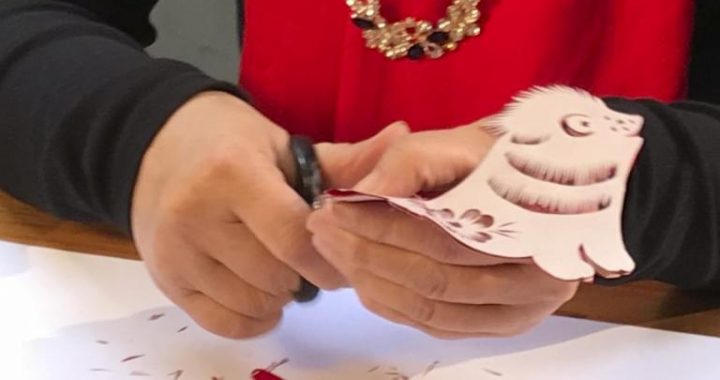From Eastern Han to Northern and Southern Dynasties
3 min readThe first true porcelain appeared during the Eastern Han Dynasty(25-220) when great all in today’s Zhejiang Province. Similar types of porcelain made there helped to form the style of the Yue Kiln,. Microphotographs of these fragm ragments show the clay roughcast were baked together firmly and no residue of en them, demonstrating high-firing glazed pottery had During the Wei-Jin period (220-420) and the Northern and Southern Dynasties (386-589) had become a very important branch of handicraft industry, and the baking gnificantly improved as well.and is blue, green, yellow or light grey in color. What’s more, a small amount of black glazed items were fired in some kilns of southern China in the Eastern Jin Dynasty (317-420), and white glazed items were fired too in the north in the Northern Dynasties (386-581); nevertheless, both experiments were not very successful as the glaze color was not pure enough After Buddhism was introduced into China along the overland Silk Road -the famous trade route connecting the East and the West opened up by Zhang Qian, Ban Chao and Gan Ying in succession, it became popular especially among royalty and nobility during the Southern Dynasties (420-589). Consequently, porcelain products of that period were typically decorated with the Buddhist pattern of lotus flowers.
Double-eared Vase
Eastern Han (25-220)
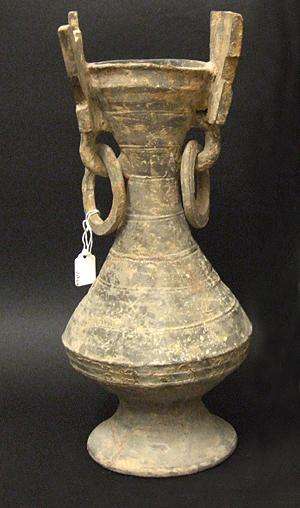
28.5 cm in height, 11. 5 cm in mouth diameter, 12.3 cm in bottom diameterThree broad stripes stick out from thin layer of green glaze, which stops at the waist of the vessel, exposing bare brown-red roughcast down below with clear traces of coiling on it.
Blue Glazed Porcelain Sheep
Western Jin (265-316)
13.2 cm in height, 14. 5 cm in length, 11 cm in width
The winged sheep curls up but holds its head high to look into the distance. This is a classical porcelain carving by the Yue Kiln in its early stage. A homophone for the word of “good fortune” (“xiang” in Chinese), the sheep (“yang” in Chinese)has been traditionally regarded as an auspicious animal in Chinese society.
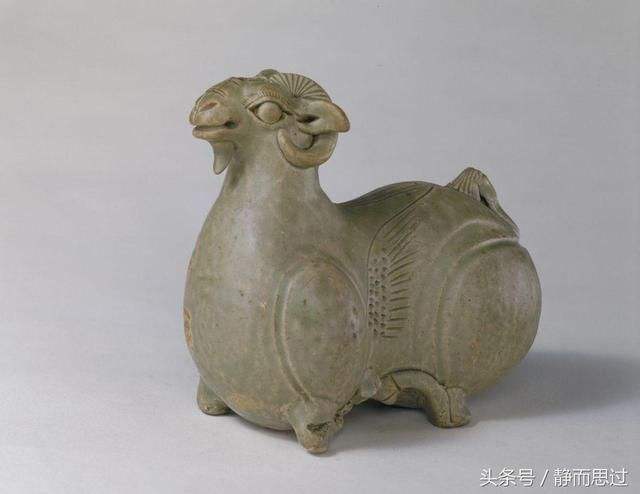
Blue Glazed Porcelain Bi-xie
Western Jin
12 cm in height, 16.5 cm in length spirits in Chinese folklore. The earliest porcelain bi-xie appeared in the Three Kingdole
The bi-xie is a legendary animal in the shape of a winged lion that can drive away Period (220-280). This carving has a distinctive style of the Yue Kiln.
Rooster-shaped Pot
Eastern Jin (317-420)
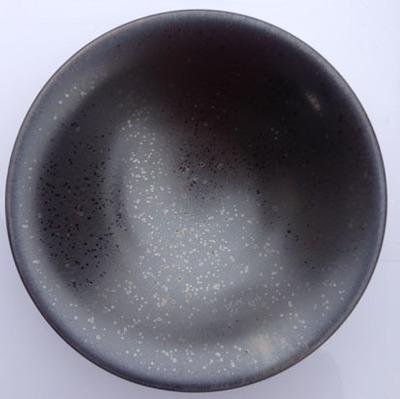
14.3 cm in height, 7.1 cm in mouth diameter, 13.2 cm in belly diameter, 7.2 cm in bottom diameter Ancient potters sculptured the spout into the shape of a rooster’s head, and the handle into the shape of the tail, thus technically accomplishing the unity of practical use and beautiful decoration. What’s more, brown within the glaze can be seen on the rooster’s eyes period.
Blue Glazed Porcelain Inkslab
Jin Dynasty(265-420)
3.3 cm in height, 11. 8 cm in mouth diameter
Traditionally, writing brush, inkstick, inkslab and paper have been called together the “four treasures of the study. With the Tang Dynasty as a watershed, the inkslab (“yan” in Chinese) was mostly made from pottery or porcelain before, and from stone after. Duanyan 41, Sheyan51, Taoyan61 and Chengniyanhave ever since become China’s four highest-quality inkslabs. This three-legged porcelain inkslab is unevenly coated with a layer of blue and yellow glaze, and in some places the glaze turns red as a result of oxidizing reaction.
Blue Glazed Porcelain Pot
Jin Dynasty
25 cm in length
As paper and ink were produced in large quantities, stationery made from porcelain began to prevail in the Wei-Jin- period220-420) and the Southern Dynasties(420-589).This tiny pot holding water for inkslab looks like an eggplant with a heart-shaped opening on the top to pour clear water into it. Although without any decorative patterns, the pot featuring hard and fine roughcast and glossy glaze is cast in an extraordinary mold and has graceful lines.
includine present
xiniane and parts of centra asia iss to 1is secty to kingdoms in the Hestern Territories (referring to areas west of Yumen Pass, 21 Ban Chao (32-102) was a famous general of the Eastern Han Dynasty. Sent to the Western Territories twice as Han comissioner, he stayed there for 31 Gan Ying (whose dates are unknow) was sent by Ban Chao on a diplomatic mission to Great Qin (Chinese name for the Roman Empire) in the year 97.
Produced in Shexian County, Amhui Province from stones quarried in Wuryuan of Jiangxi Province.
